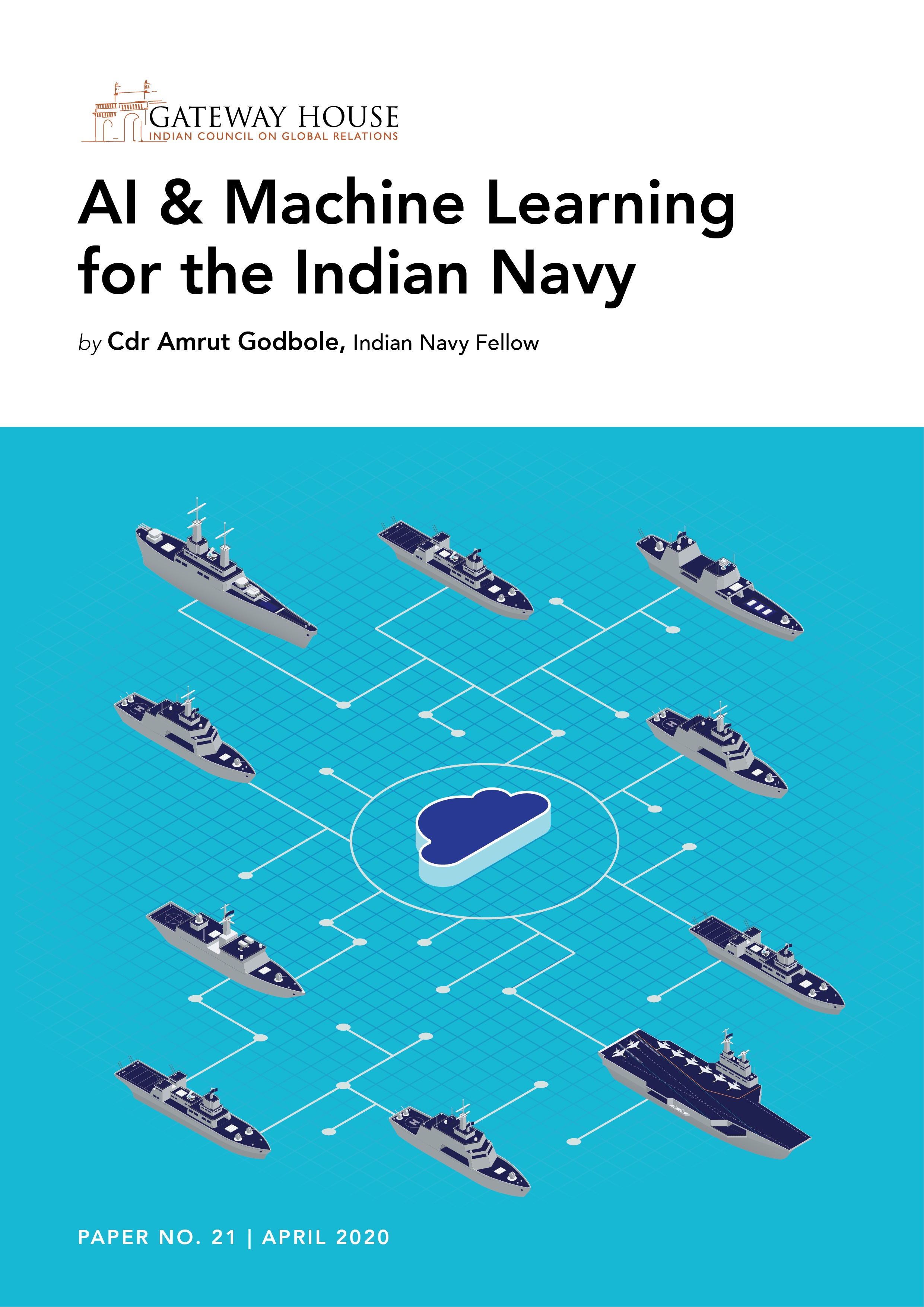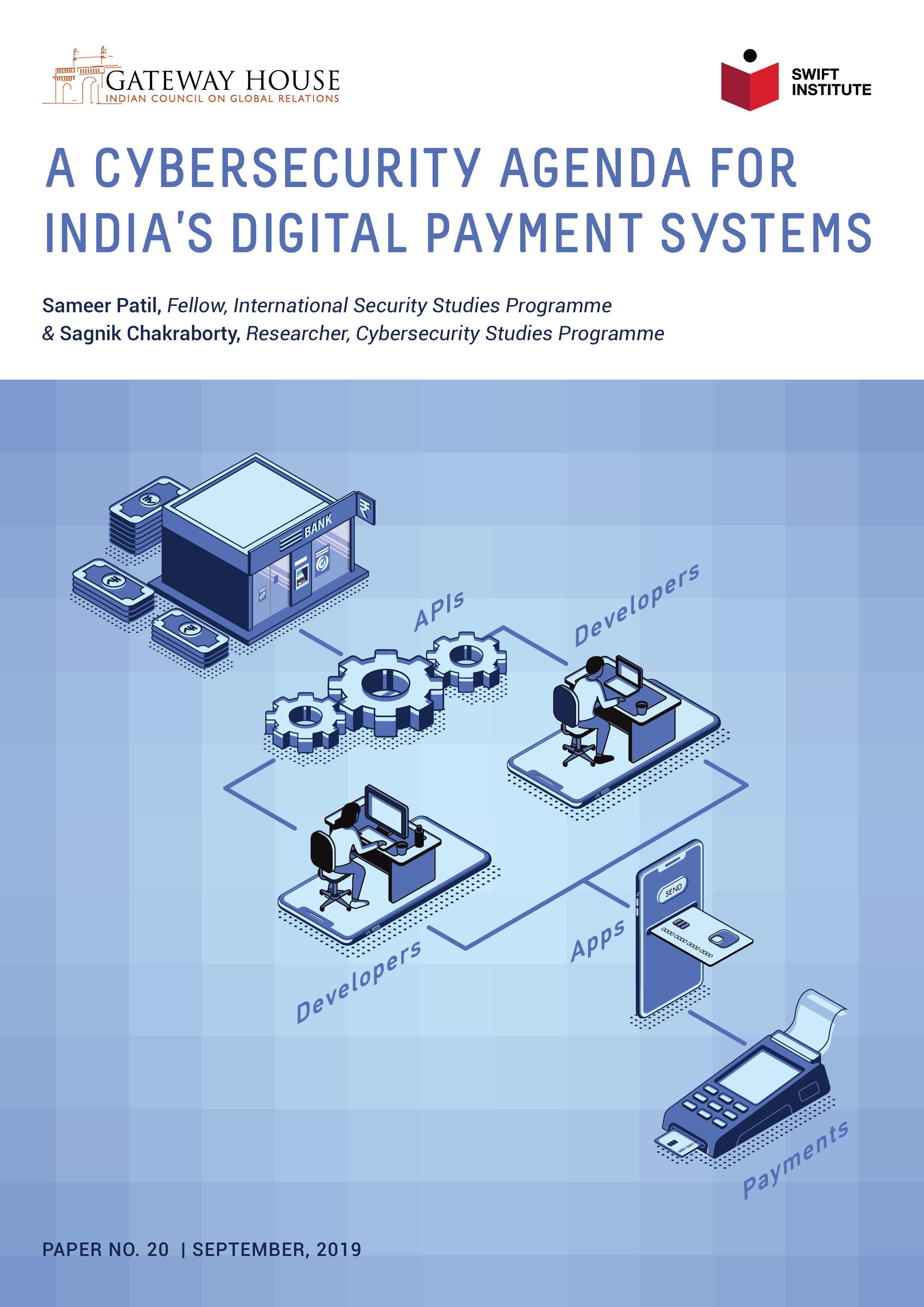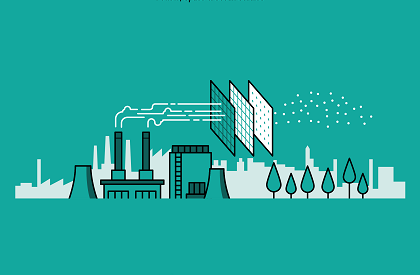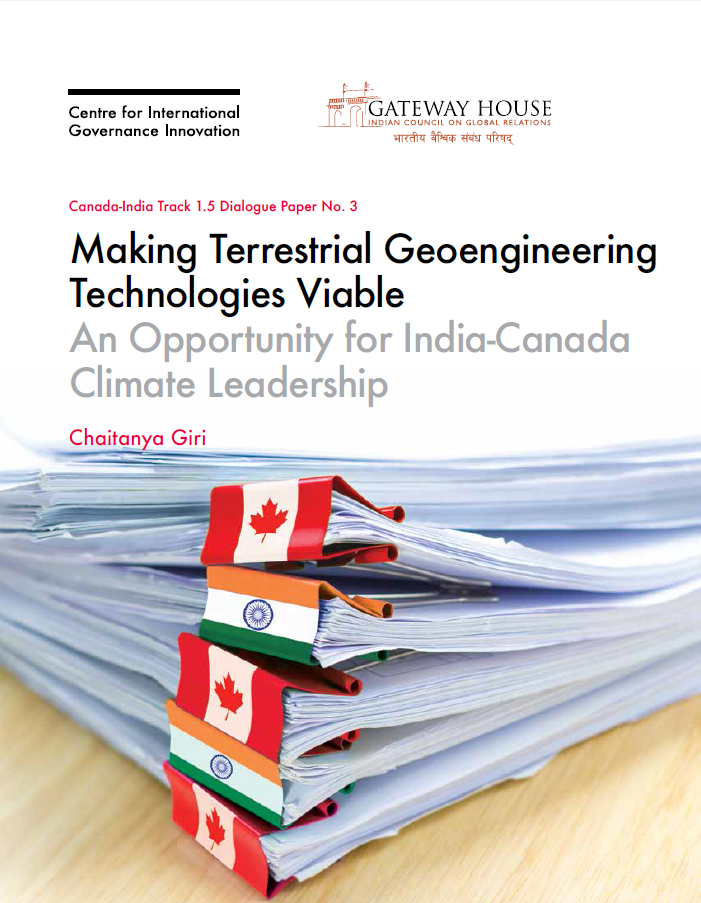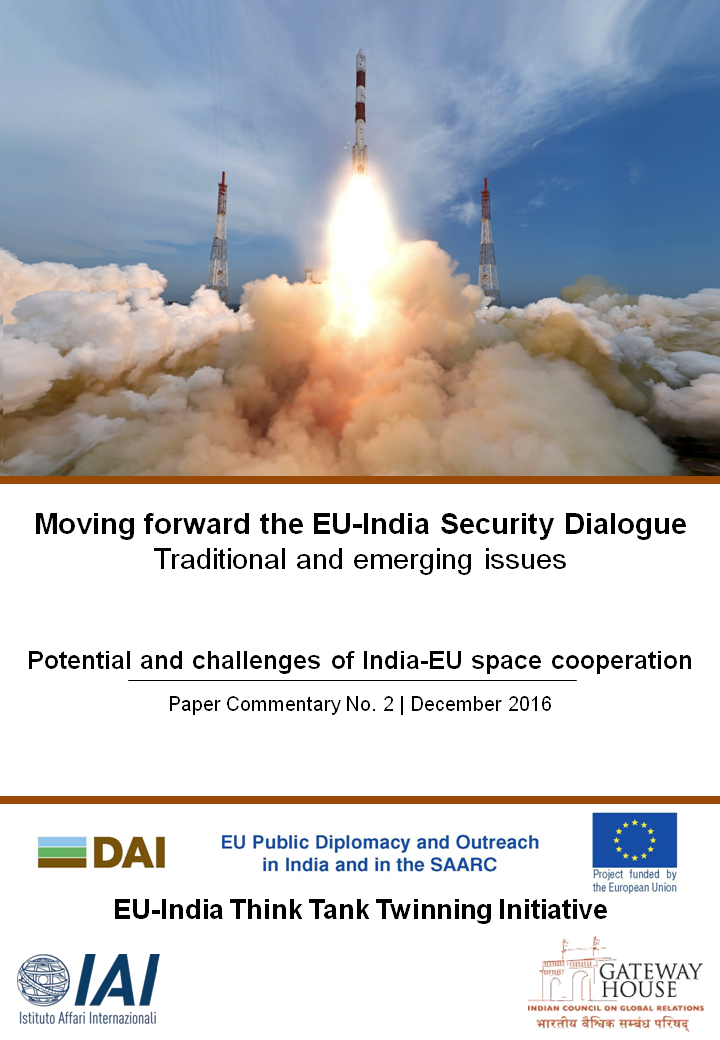AI & Machine Learning for the Indian Navy
The Indian Navy needs to develop and assimilate new Artificial Intelligence (AI) technologies that are being used by the Indian military and industry. The Navy's goals of transforming into a 200-ship force and maintaining optimal combat capability, are being put to test by diminishing capital and manpower shortages. It needs to leverage the benefits of AI and Machine Learning (ML) to improve organisational efficiencies at various levels. This paper focuses on four Use Cases, viz., Inventory Management, Training, Prescriptive Maintenance, and Security & Surveillance, for implementation in the Indian Navy.

